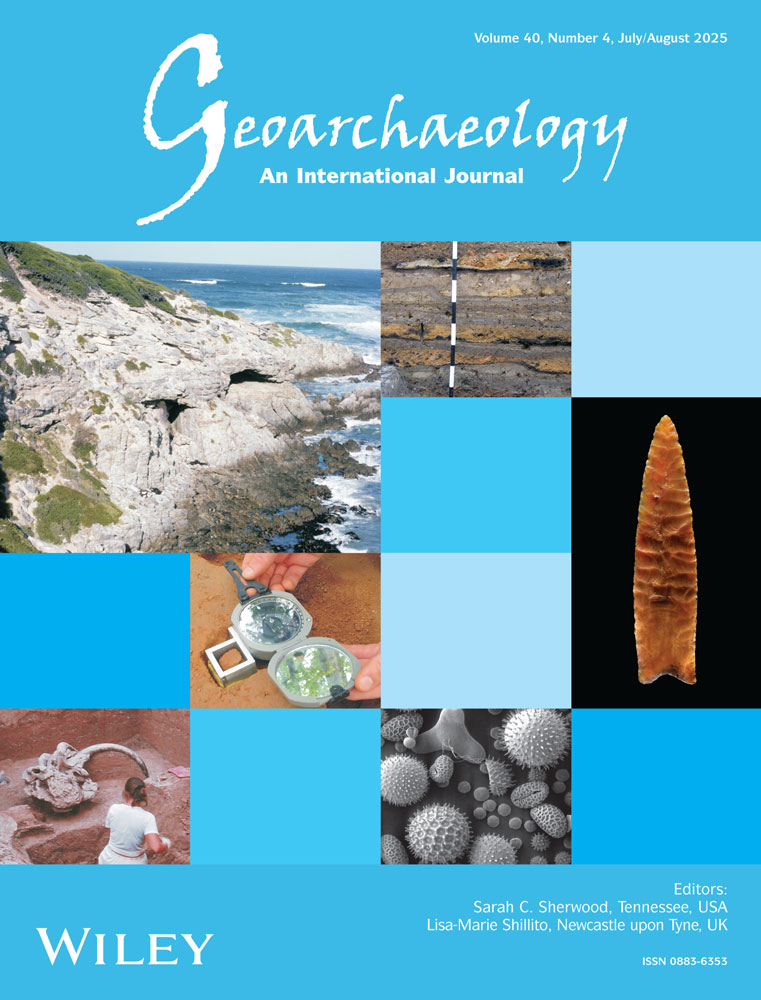Short contribution: Nile flow failure at the end of the Old Kingdom, Egypt: Strontium isotopic and petrologic evidence
Abstract
Strontium isotopic and petrologic information, obtained from sediment cores collected in the Nile delta of Egypt, indicate that paleoclimatic and Nile baseflow conditions changed considerably from about 4200 to 4000 cal yr B.P. in the Nile basin. Our study records a higher proportion of White Nile sediment transported during the annual floods at ca. 6100 cal yr B.P. than towards 4200 cal yr B.P., at which time suspended sediment from the Blue Nile formed a significantly larger fraction of the total load. This resulted from a decrease in vegetative cover and an increase in erosion rate accompanying the marked decline in rainfall. These new geoscience data indicate major changes in annual flooding and baseflow of the river Nile, marked short-term paleoclimatic-related events that may in part have led to the collapse of the Old Kingdom. © 2003 Wiley Periodicals, Inc.




